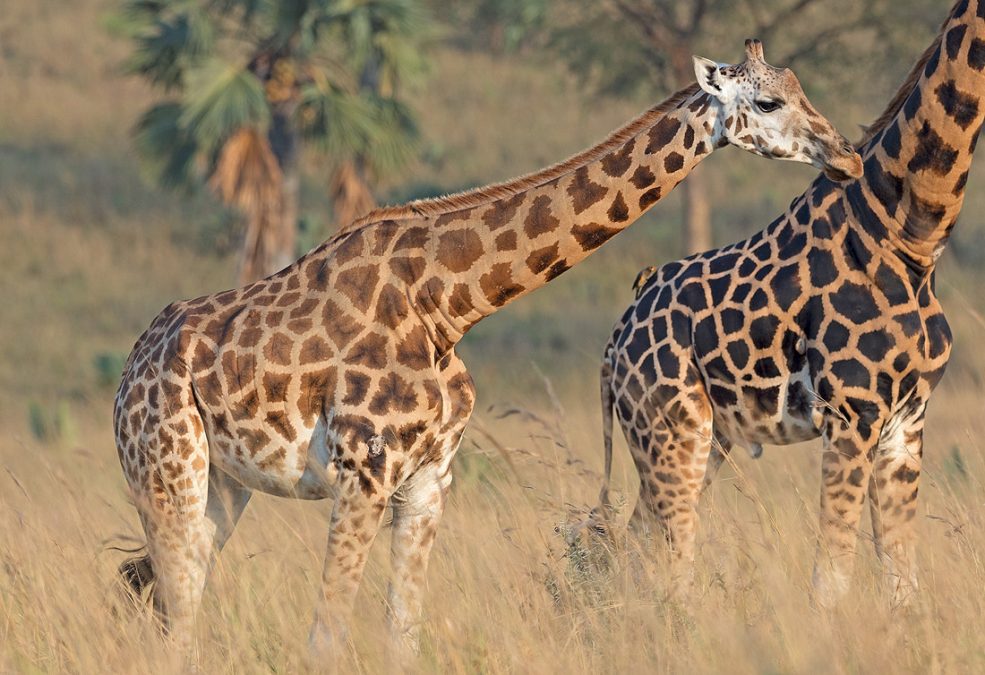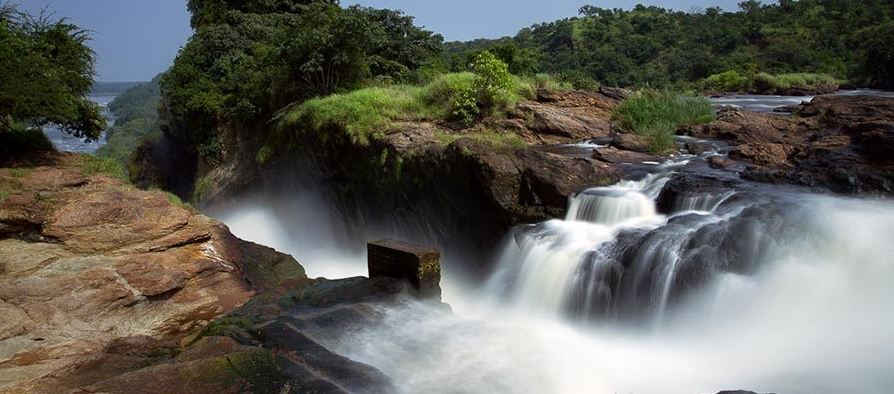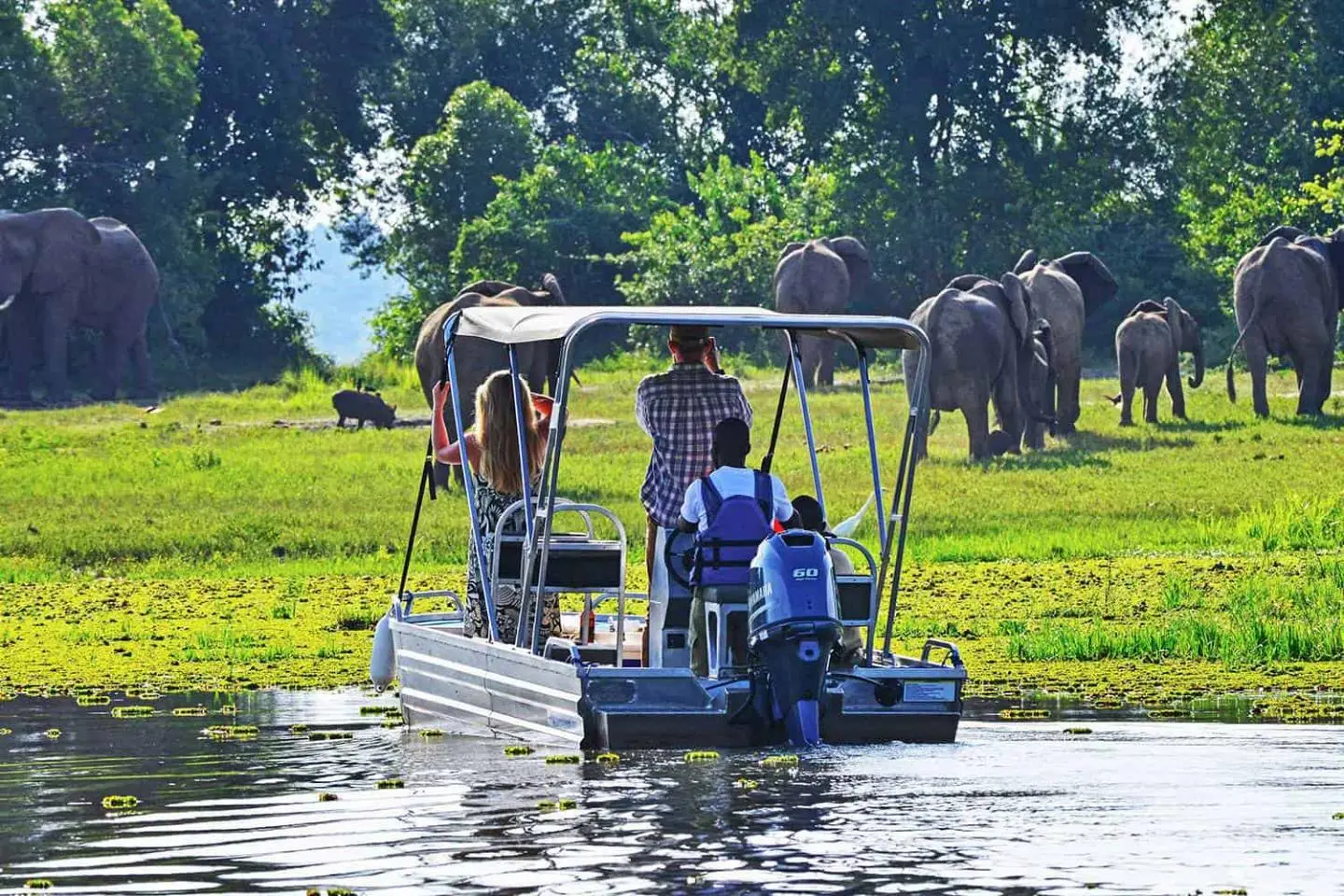Table of Contents
ToggleReady to explore the magnificent Murchison Falls National Park in Uganda? Before you set off from Entebbe or Kampala from where you can easily access Murchison Falls, find out the best time to visit this Uganda safaris park. Learn everything about the park’s changing seasons to the prime time for game viewing in this guide.
best time to visit Murchison Falls National Park
Murchison Falls National Park is can be visited all year round, but December to February is the best time to visit the national park. June to September is another great time to visit Murchison Falls.
During these months, there is little rainfall, which makes the game viewing tracks to remain dry and accessible. The dry season also draws animals to water sources, so it’s easier to spot them while out on game drives. However, January to February can be very hot and scenery is more beautiful during the Wet season from June to November.
Weather and Climate in Murchison Falls Park
The climate in Murchison Falls National Park is tropical and hot. Temperatures are quite uniform throughout the year. Daytime temperatures of around 31°C/88°F are common, with it cooling down at night to around 18°C/64°F.
The Wet season runs from March to November, with a drier period from June to July. There is little rain during the Dry season (December to February).
Dry Season–December to February
The dry season in Murchison Falls National Park falls between December to February, and then again from around June to September. Through this time, the sunshine is plentiful and rainfall is rare. The national park is equatorial, so it is hot all year round.
The temperature ranges between 25-32°C during the day and drops down to 18°C at night. The temperature in January and February is sweltering, so be sure to wear light clothing and bring plenty of water and sun cream.
Highlights
- Animals are easily encountered since they gather at water sources
- Plenty of sun and nearly no rainfall
- There is less risk of malaria as mosquitoes are fewer
- But the heat in January and February might be unbearable
Average Temperature
| Months | Minimum | Maximum |
|---|---|---|
| January | 68°F/20°C | 88°F/31°C |
| February | 70°F/21°C | 88°F/31°C |
| March | 70°F/21°C | 88°F/31°C |
| April | 68°F/20°C | 86°F/30°C |
| May | 66°F/19°C | 86°F/30°C |
| June | 66°F/19°C | 84°F/29°C |
| July | 63°F/17°C | 84°F/29°C |
| August | 63°F/17°C | 84°F/29°C |
| September | 64°F/18°C | 86°F/30°C |
| October | 63°F/17°C | 84°F/29°C |
| November | 66°F/19°C | 86°F/30°C |
| December | 66°F/19°C | 86°F/30°C |
Wet Season–March to November
Murchison Falls National Park does not receive that much rain in the Wet season, but occasional heavy storms can be expected.
March to May: During March the rains are beginning, and there are more overcast skies. April and May receive more rainfall. Average temperatures during the day are around 31°C/88°F, while at night they average 20°C/68°F.
June to July: This is a bit of a drier spell in Murchison Falls, but rain should still be expected. The average temperatures during the day are about 30°C/86°F.
August to November: In Murchison Falls National Park, these are the wettest months, reaching a peak in October. It does not rain every day, but when it does, it tends to be torrential storms. Temperatures start to slowly increase by November.
Highlights
- The landscape is lush with greenery
- April and May are low season, so there are fewer people around, and rates may be lower
- The park offers good wildlife viewing throughout the year
- Murchison Falls lies in a dry part of the country, and the rains rarely interfere with your safari
- Some roads may become hard to travel after heavy downpours
Average Rainfalls
| Months | Average Rainfall |
|---|---|
| January | 22 mm / 0.9 inch |
| February | 33 mm / 1.3 inch |
| March | 84 mm / 3.3 inch |
| April | 131 mm / 5.2 inch |
| May | 131 mm / 5.2 inch |
| June | 89 mm / 3.5 inch |
| July | 103 mm / 4.1 inch |
| August | 134 mm / 5.3 inch |
| September | 140 mm / 5.5 inch |
| October | 145 mm / 5.7 inch |
| November | 111 mm / 4.4 inch |
| December | 40 mm / 1.6 inch |
High Season
June to September is the peak time for gorilla trekking in Uganda, more people visit the country and Murchison Falls National Park. During this time, there is little to no rain and lower temperatures. And during June to July, there is a high competition for accommodation, so we recommend that you book your accommodation months in advance of your safari.
Low Season
The low season months in Murchison Falls National Park are March, April, May, October and November. Though you are unlikely to experience heavy rainfall at Murchison, surrounding lodges may be closed due to bad weather. The low season offers less competition for accommodation, meaning booking a lodge last minute is possible.
Best time For wildlife Viewing
The best time for viewing wildlife in Murchison Falls National Park is December through to February. For chimpanzee trekking in Budongo Forest, October through to January are the best months, due to the grass being short and fruits starting to ripen.
If you are interested in birdwatching tours, we recommend you visit during the wet season. March is the best month to spot some of the 451-bird species.
Malaria in Murchison Falls National Park
Murchison Falls National Park is a high-risk malaria area in the months of March to May and October to December. However, the vast majority of travelers to Murchison Falls return home with no problem. Nonetheless, it is essential to take wise precautions, including taking preventative anti-malarial drugs as prescribed by your doctor.
Here are a few additional precautions to minimize the chance of being bitten.
- Wear light-coloured, long-sleeved shirts and full-length pants plus closed-toed shoes, especially during the evenings, to minimize exposed skin areas (especially the ankles). Buy safari clothing that is pre-impregnated with Pyrethroid or similar mosquito repellent.
- Apply insect repellents to exposed skin areas, ideally every 4-6 hours.
- Malaria-bearing mosquitos typically feed in the early evenings and mornings, so remain indoors from dusk to dawn as much as possible.
- Keep doors and windows closed at night, and spray knock-down insecticide inside your room in the early evening.
- Ensure that mosquito nets around your bed are securely closed at night.
- In the dry season, mosquitoes will be much less prevalent, but travelers should still wear insect repellent and follow the above advice as a precaution.
Other Considerations When Planning Your Safari Dates for Murchison Falls
It is also helpful to note that the mostly semi-dry season in Murchison Falls National Park (June-August) corresponds with the summer months in the northern hemisphere.
Many travellers from North America and Europe prefer to plan their safari to Africa while schools are closed for summer. Bring your children on a family safari to this natural wonderland and amaze them with the beauty of wild fauna, scenic vistas and lush flora.
Not only is this a good time to plan a trip, but you will instill the necessity of wildlife conservation in the minds of the future custodians.
You can also consider taking a break from the northern countries’ harsh winter from December to February, when the weather is warmer in this part of Uganda.
When you visit Murchison Falls in August and September, you will likely note that there is a high footfall of visitors. That is because most tourists like to visit when the Great Wildebeest Migration moves through the Serengeti National Park in Tanzania and Masai Mara Reserve in Kenya. Combining a trip to these top East Africa Safaris destinations is a not-to-be-missed opportunity.
Murchison Falls National Park safari packages
Conclusion: When is the best time to visit murchison Falls National Park?
As you may have realized from the above information, choosing the right time to visit Murchison Falls National Park depends on your tolerance for heat and humidity, whether you prioritize seeing birds or other game and your budgetary concerns.
If close-up sightings of the some of the Big Five animals and other game species is a priority, then December to February are the best months to visit.
The weather is warm by day, with cool evenings and almost no rain, while the less dense bush, shorter grasses, and minimal surface water are optimal for viewing concentrations of wildlife. This is also the high season for visitors.
Alternately, consider visiting Ziwa Rhino Sanctuary and Budongo Forest Reserve. Here you’ll maximize your chance of seeing all the Big Five and Chimpanzees on one trip. For maximum cuteness, choose March to May, when dozens of species give birth and the bushveld is full of newborns. Baby baboons. Baby antelopes. Baby warthogs.



